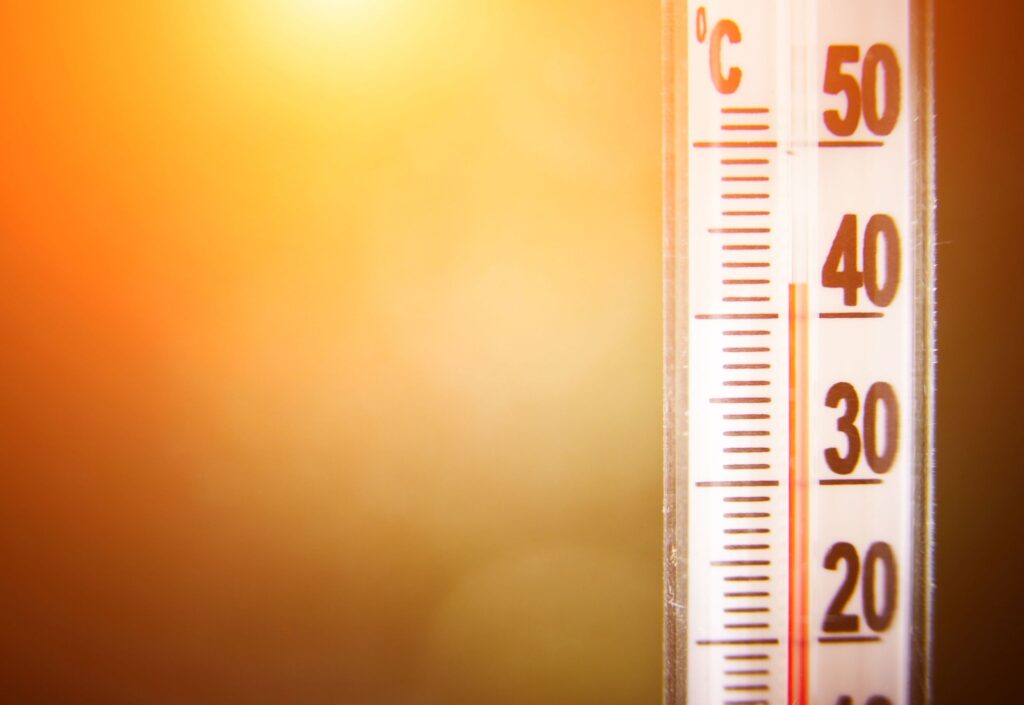Early Glimpses of Climate
For millennia before precise tools, our ancestors still noticed changes in their environment. Ancient Chinese writings from around 3500 BCE mention weather patterns, while Egyptian and Babylonian astronomers linked temperatures to the skies. These early observations planted the first seeds of understanding our world’s temperature history.
Elemental Theories
Greek philosophers like Aristotle analyzed what made up our world. He proposed four basic “elements” – earth, water, air and fire – and believed their balance determined conditions. It was a start, but more accurate measurements would come.
Mercury’s Rise
A pivotal invention arrived in the 17th century. Galileo and Santorio created basic “thermoscopes” using air expansion, but Daniel Fahrenheit revolutionized things in 1714. His liquid-glass thermometer used mercury for the first standardized temperature scale. Precision took a leap forward.
Freezing Points and Boiling Degrees
Anders Celsius furthered the mission of agreement in 1742. His scale placed freezing at 0° and boiling at 100°, perfect for scientific use. At last, locations worldwide could truly compare notes on their climates.
Pushing the Limits
As the 1800s dawned, tools kept sharpening. Sir John Leslie unveiled the first gas thermometer linking pressure and heat, allowing extremes to be quantified. Electronics then streamlined monitoring in the 1900s. Records were filling in temperature’s rich story.
Warming Warnings
Scientists uncovered temperature’s profound role. John Tyndall and Eunice Foote’s 19th century greenhouse experiments shed light on Earth’s natural blanket. Later, Svante Arrhenius alerted that pollutants posed a warming threat. A new field – climate science – was taking shape.
Charting Changes
The 20th century global weather station network gave an unprecedented view of temperatures worldwide. Data clearly showed acceleration, corroborating human forcing of our atmosphere. Understanding climate change’s consequences became crucial in safeguarding our planet.
Cooling Solutions
Mitigation and adaptation are key to protecting communities from warming impacts. Emissions cuts through renewable transitions and conservation must occur alongside preparations for conditions to come. By learning from temperature history, collaborating on solutions, and understanding climate change’s significance, we can work to ensure a sustainable future for all…
Originally posted 2023-08-03 08:50:19.

